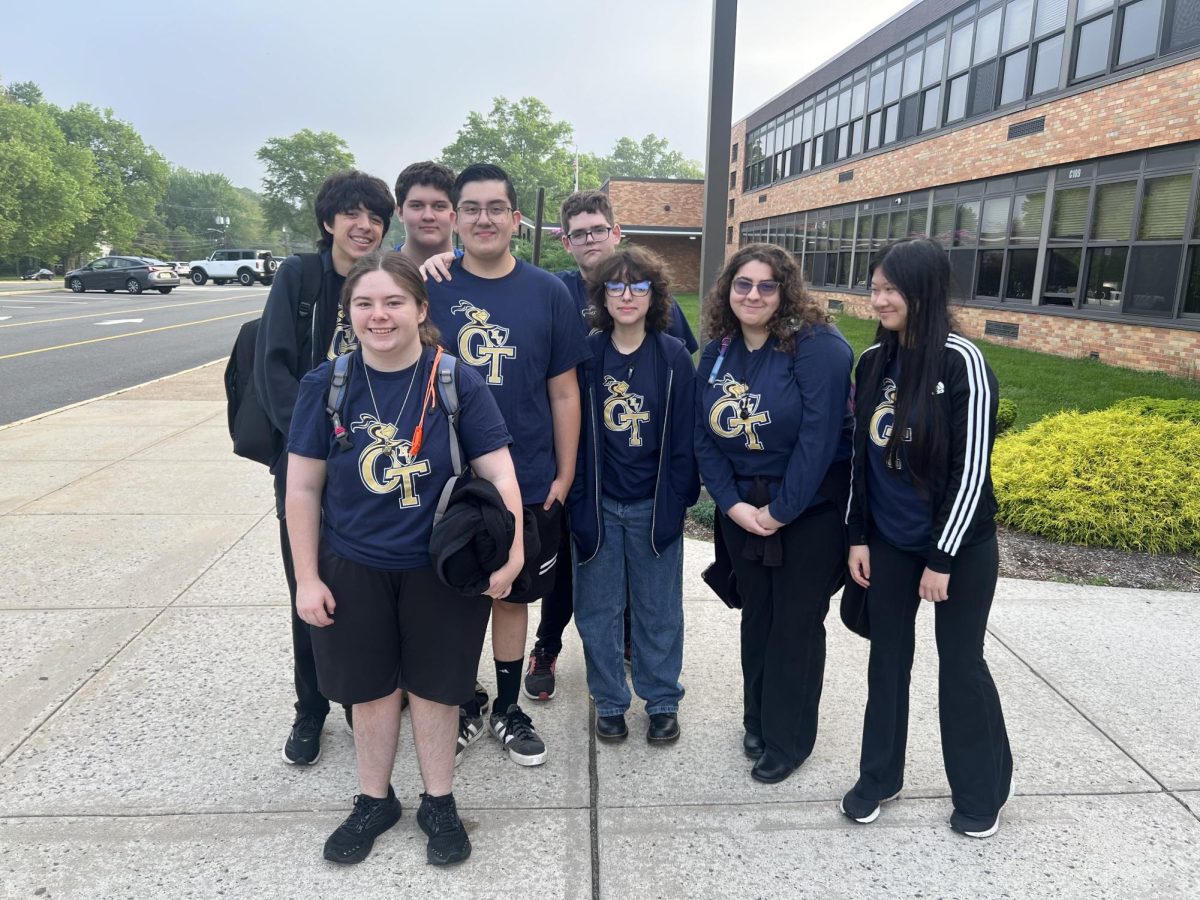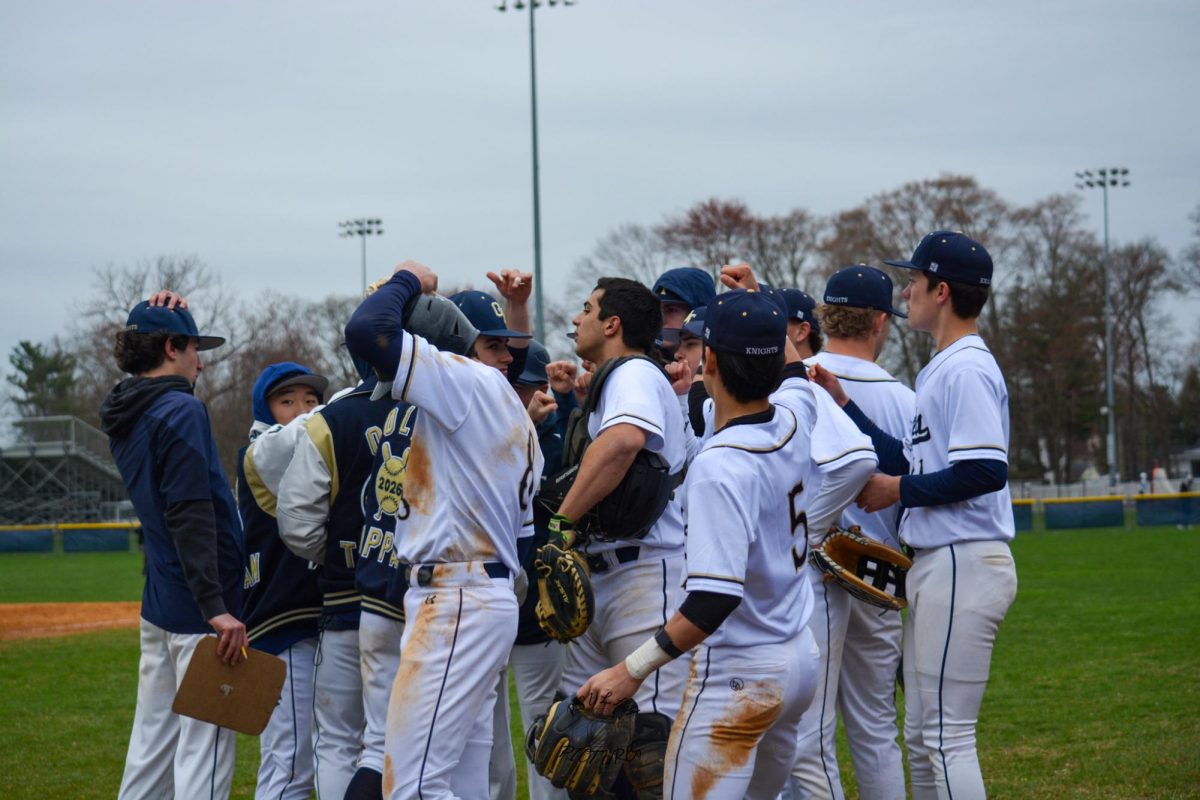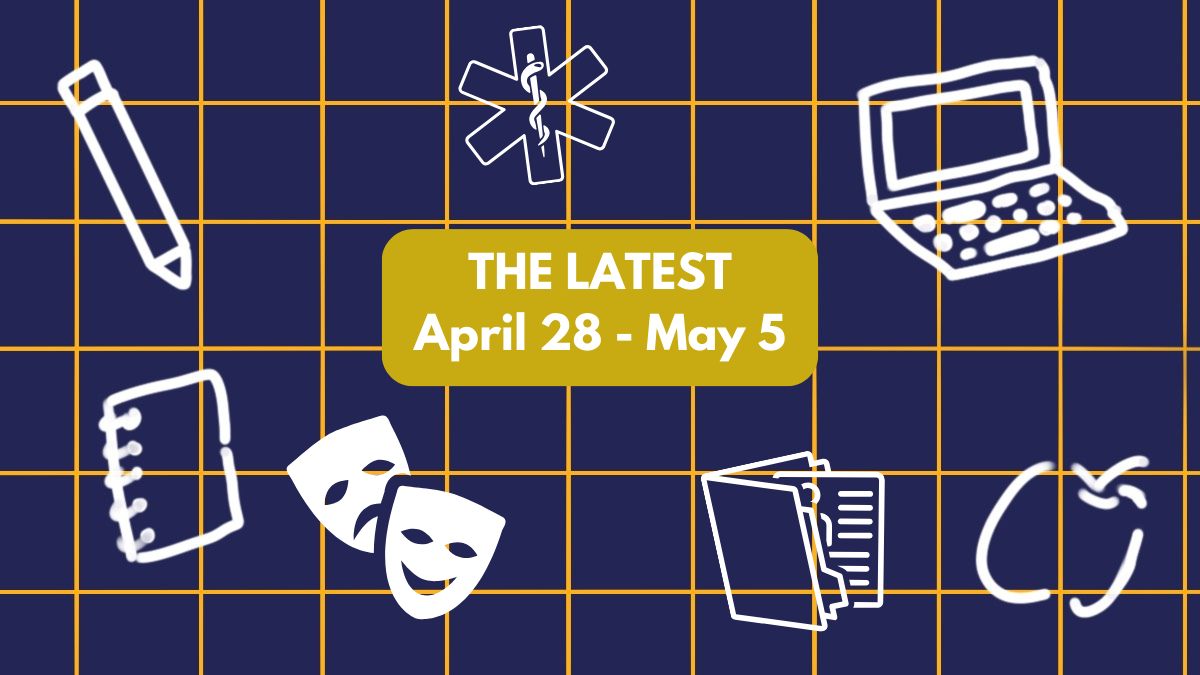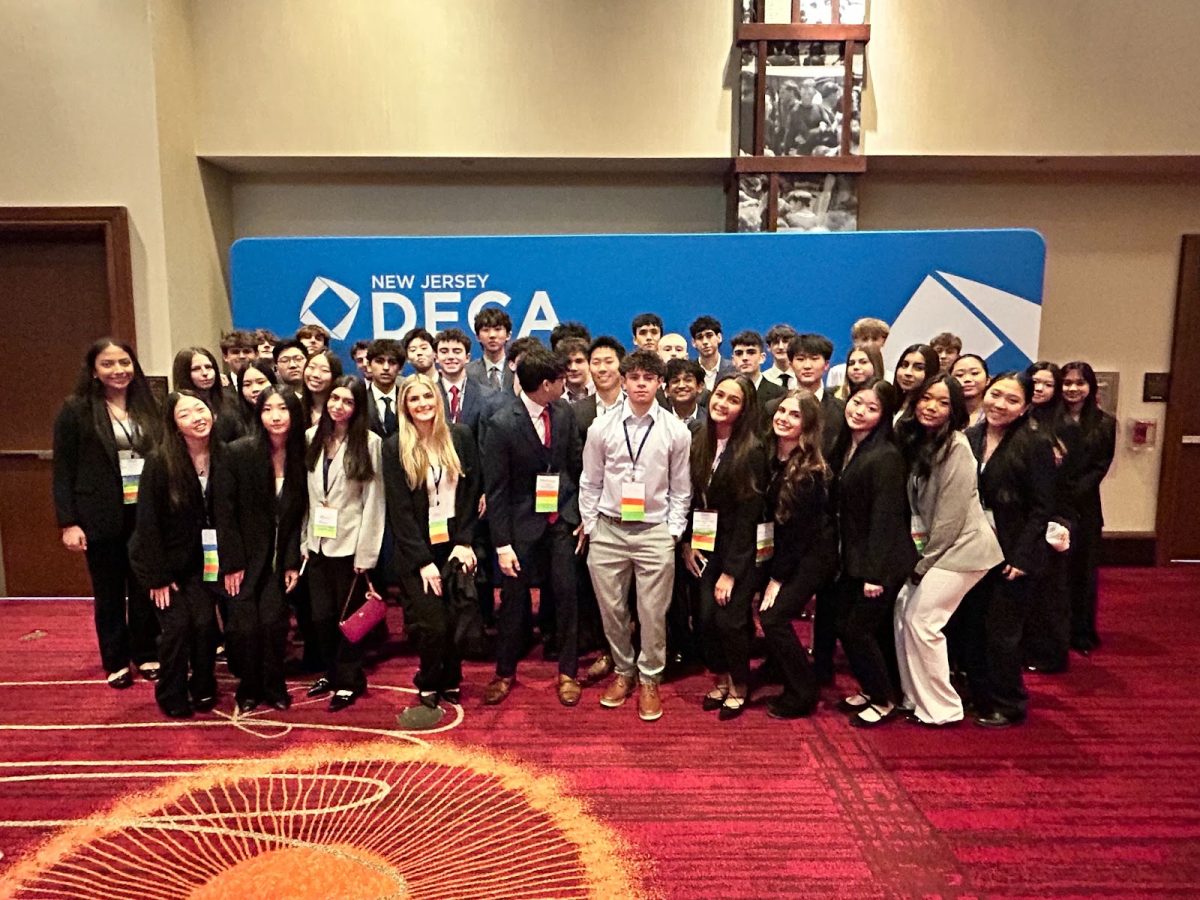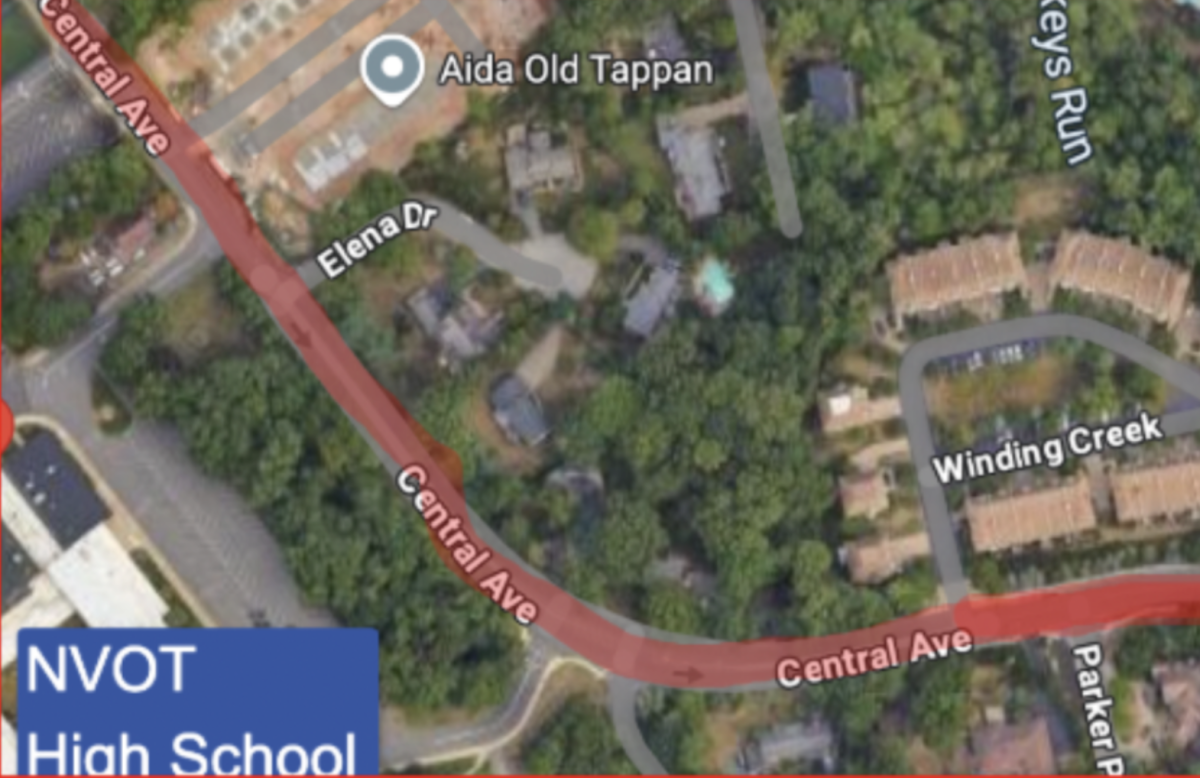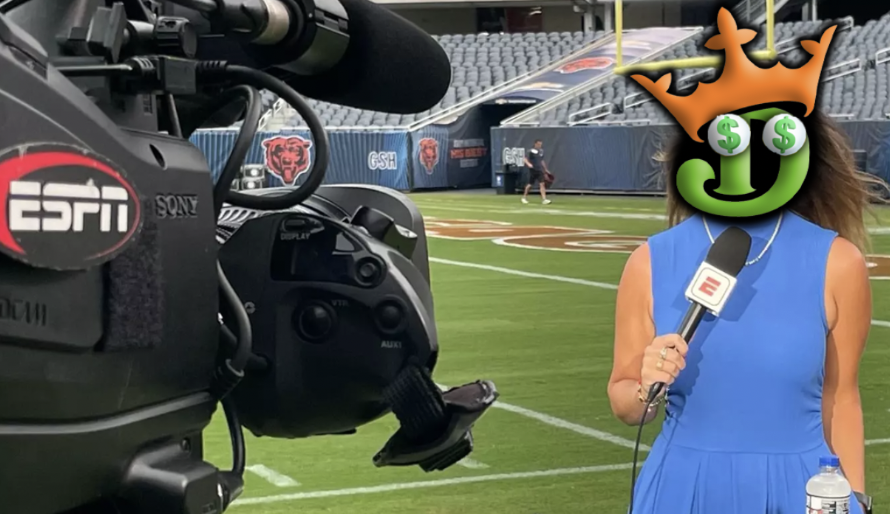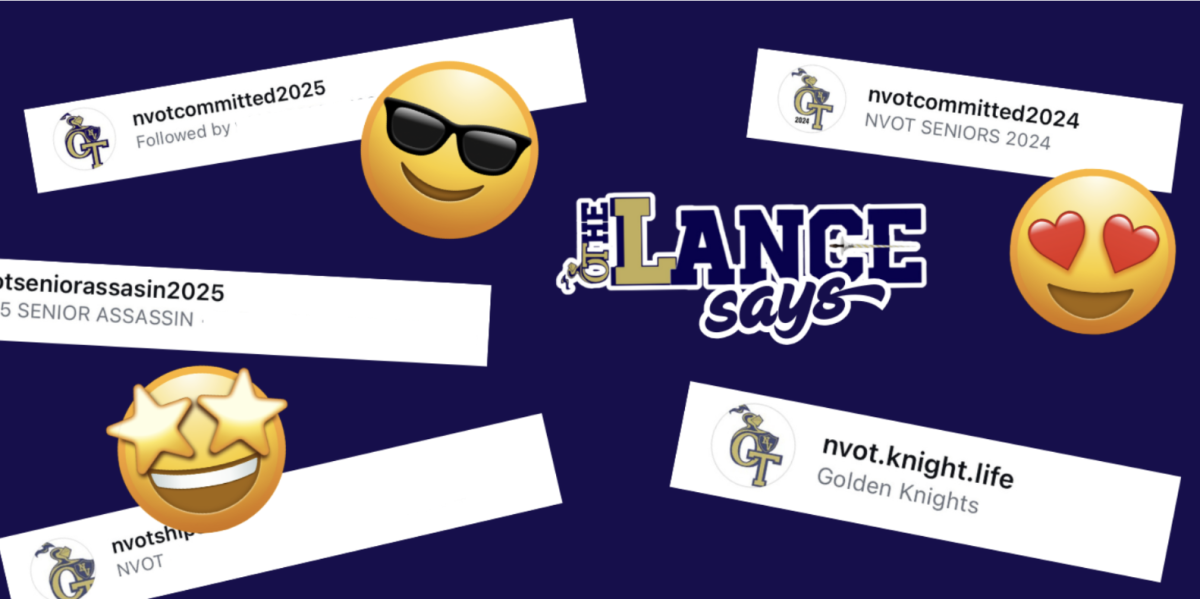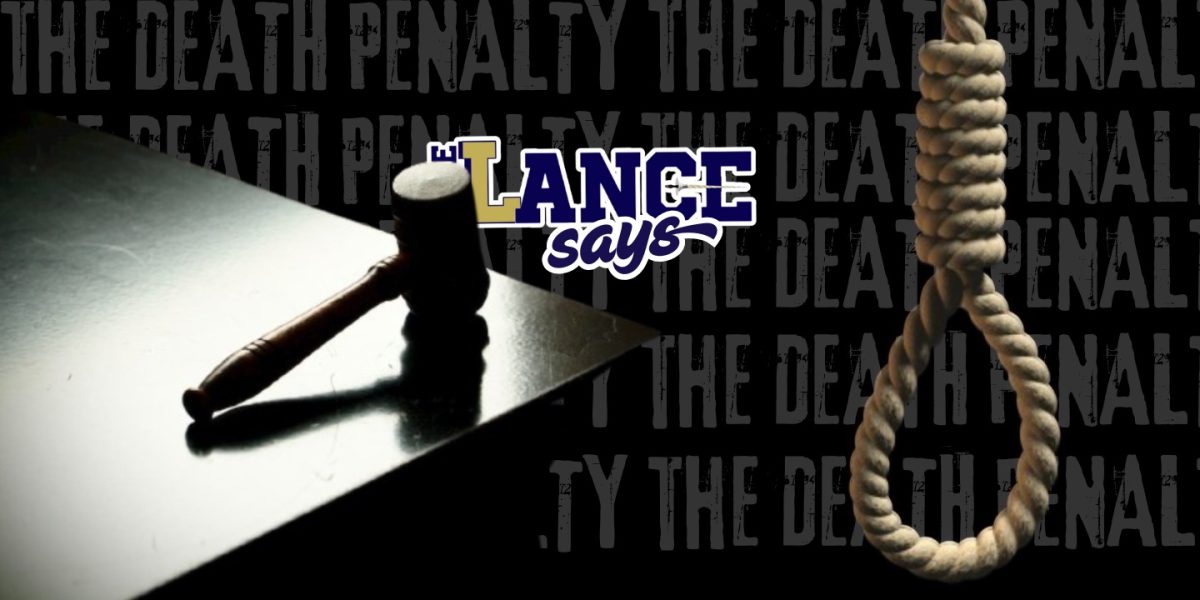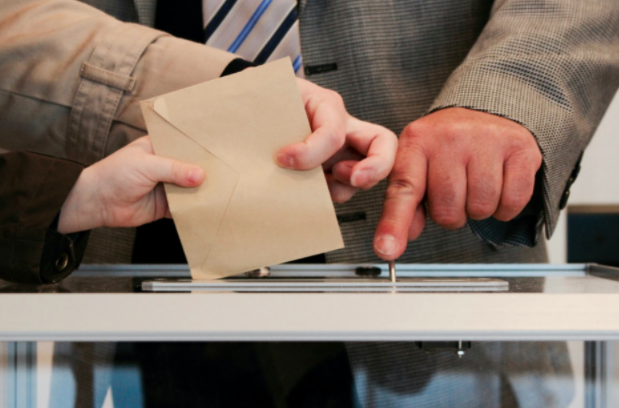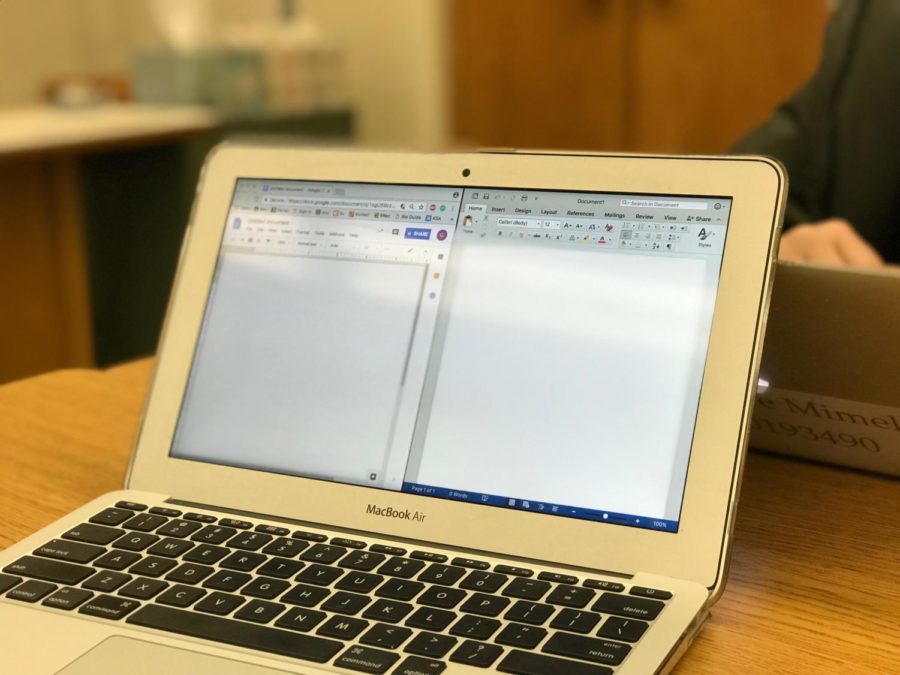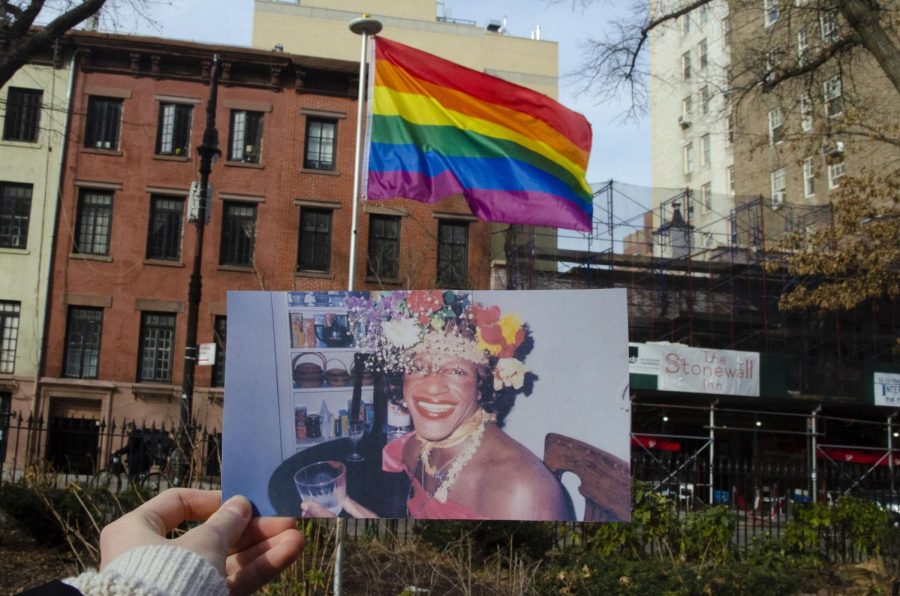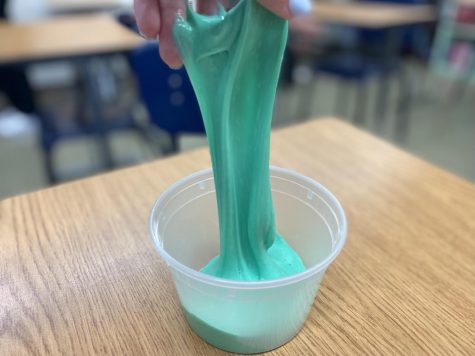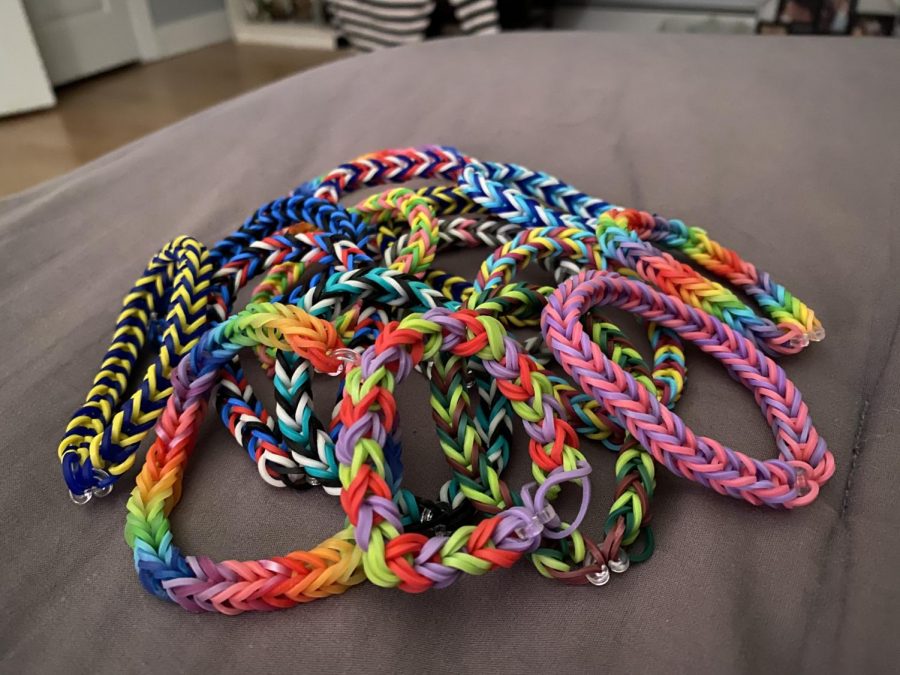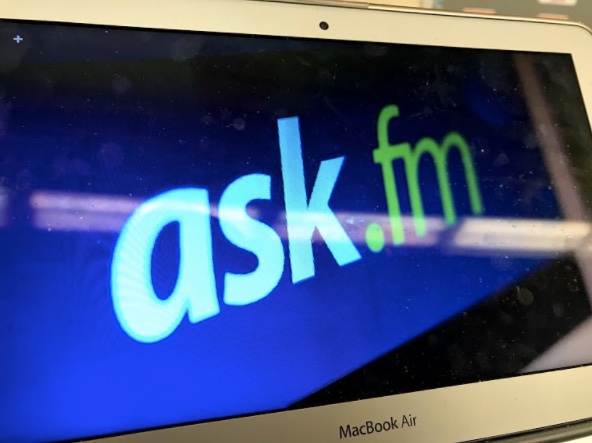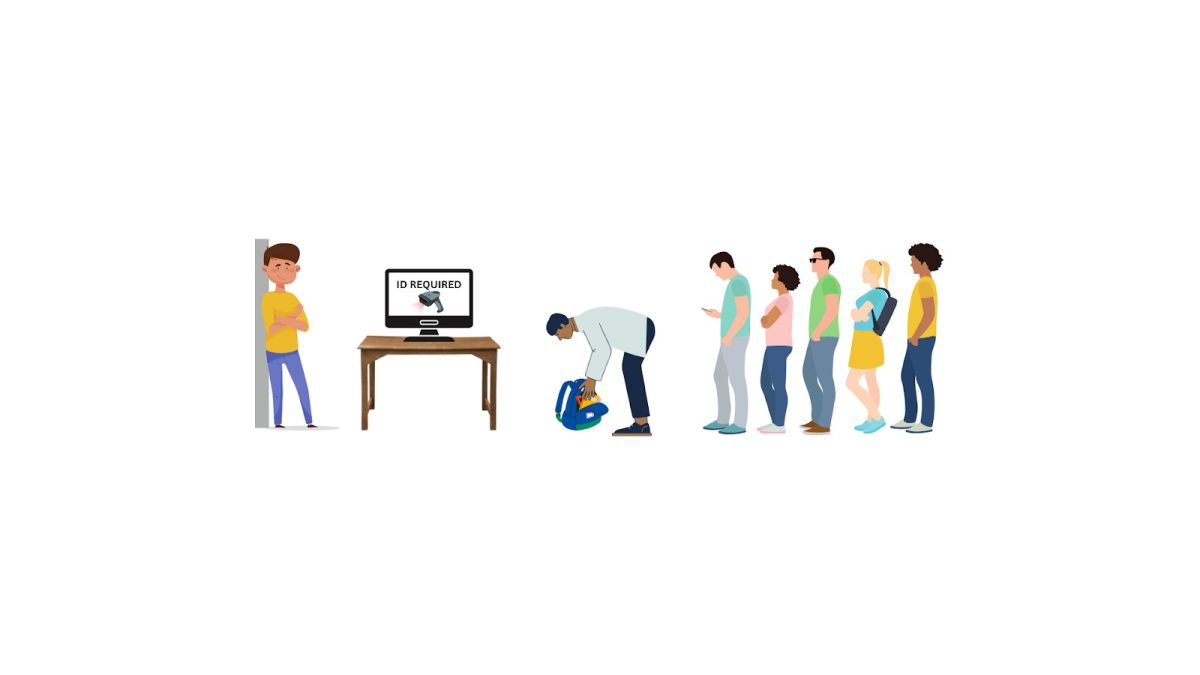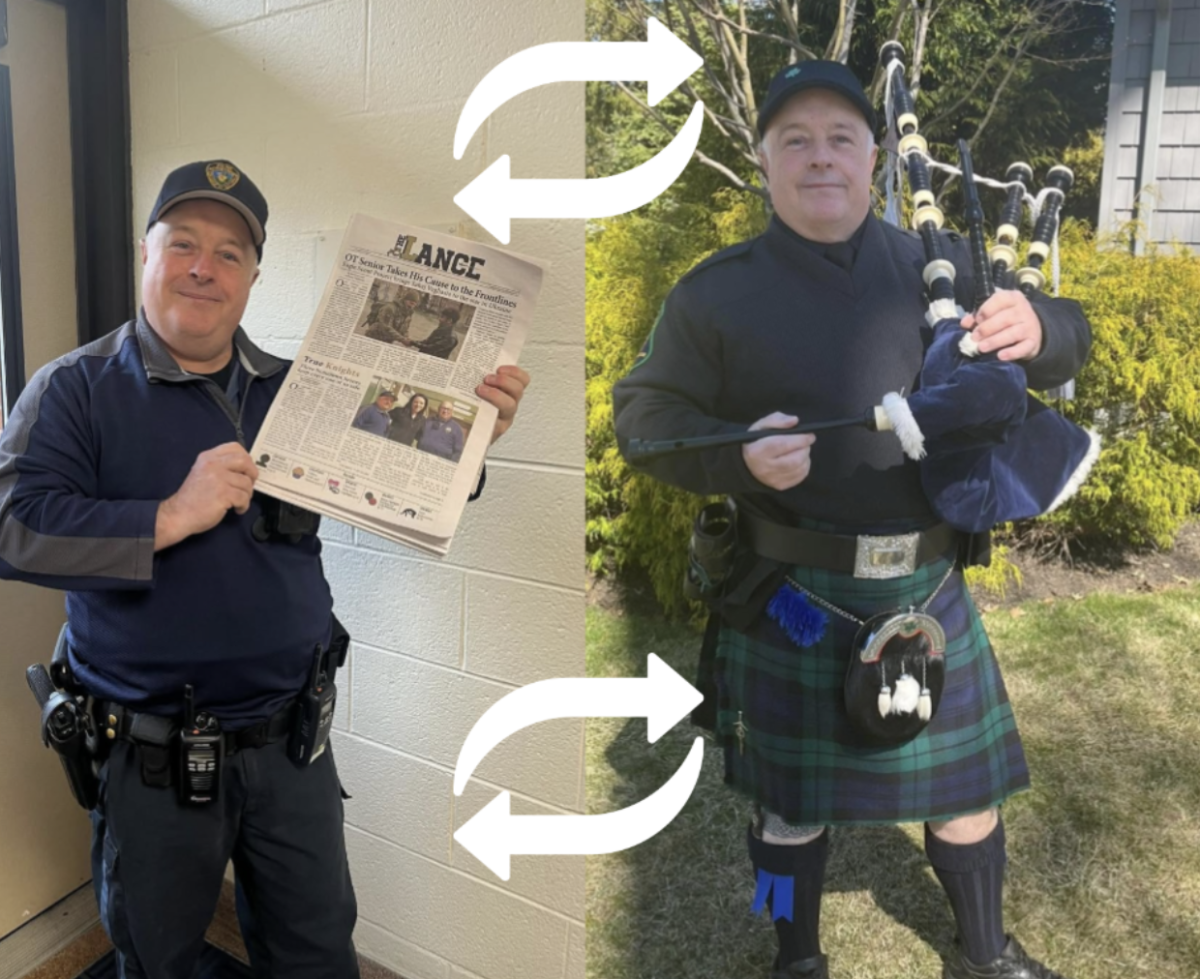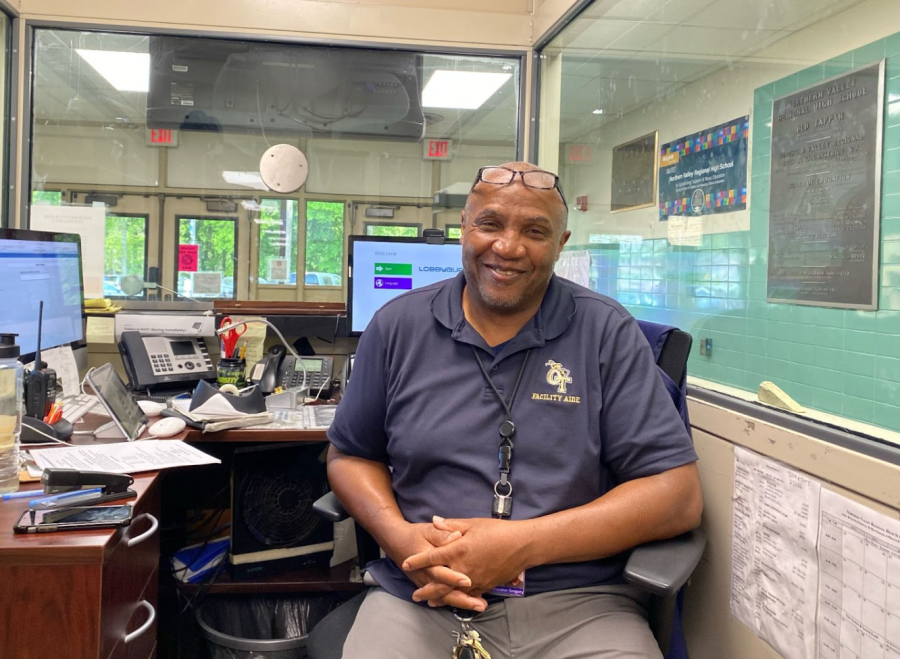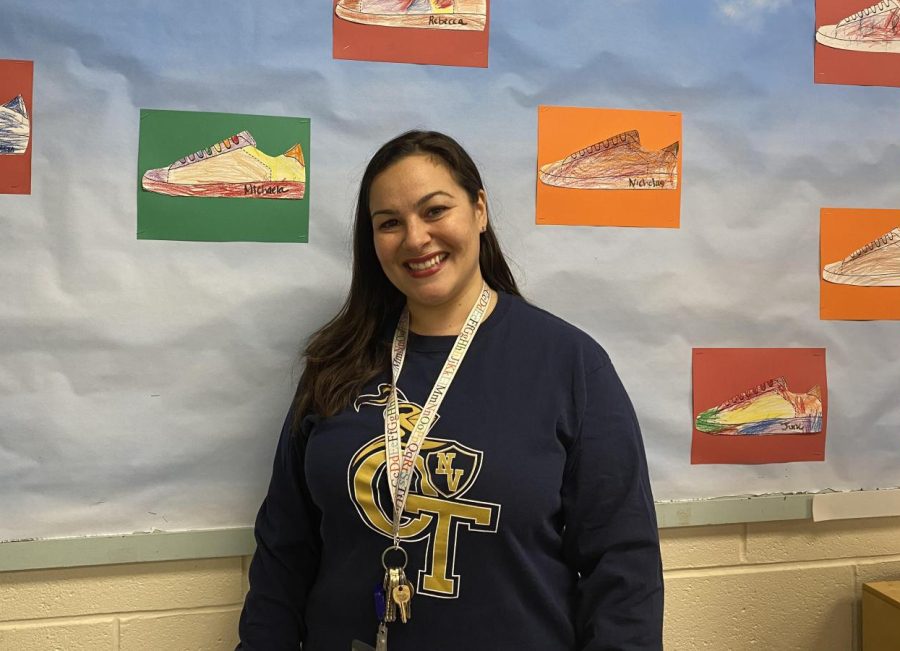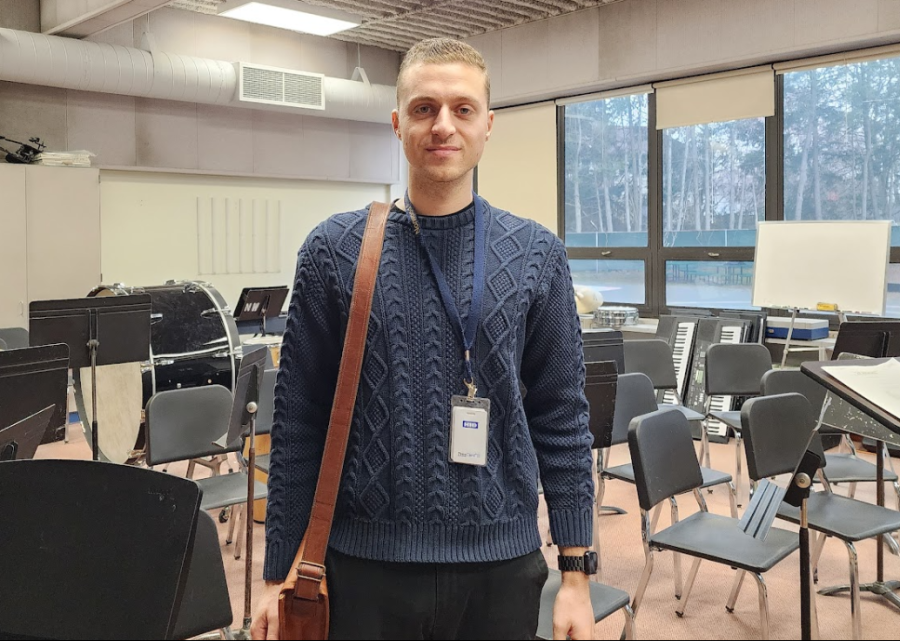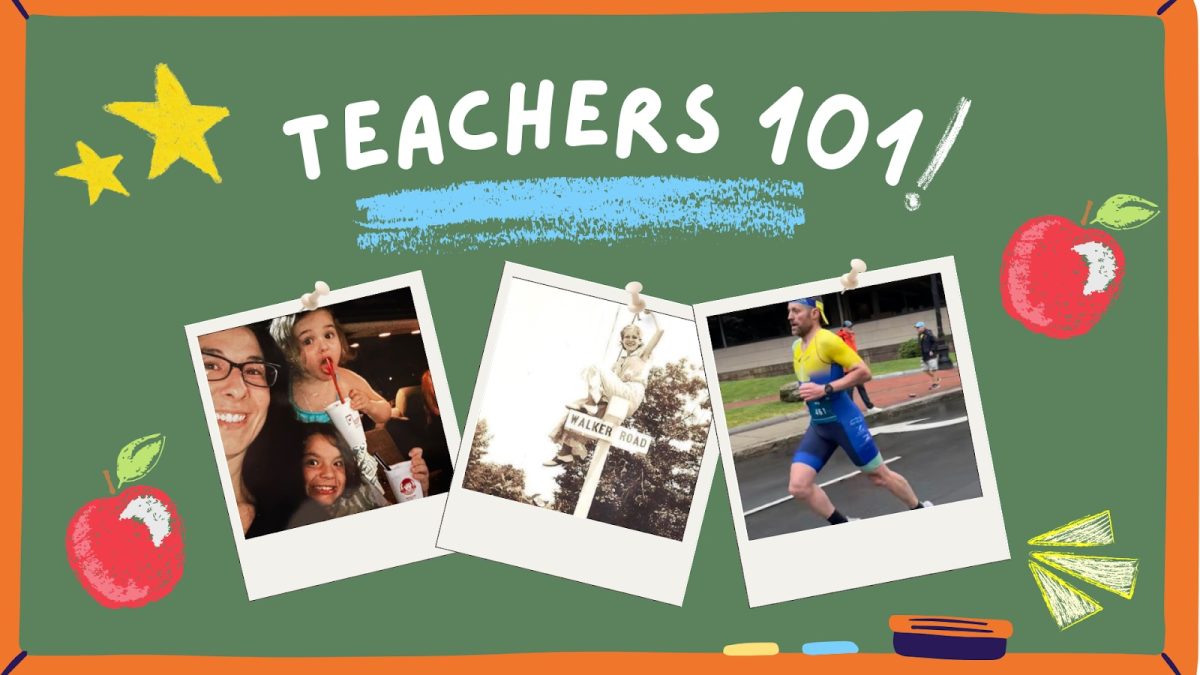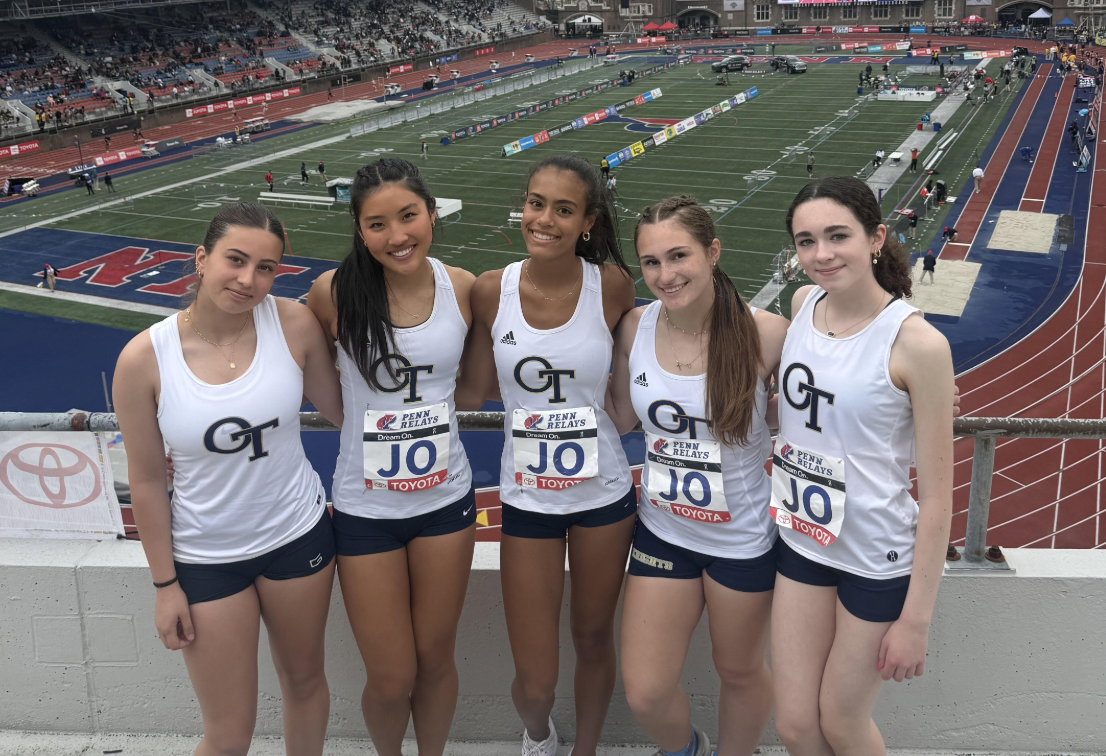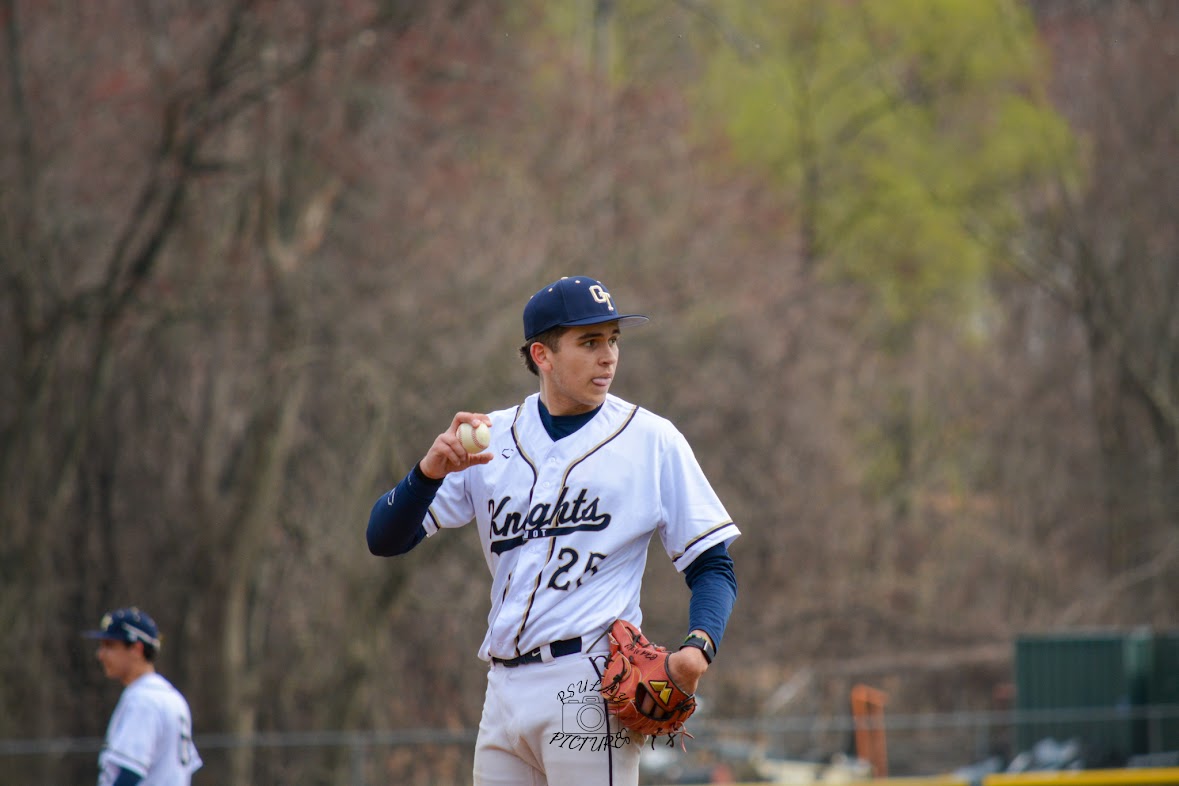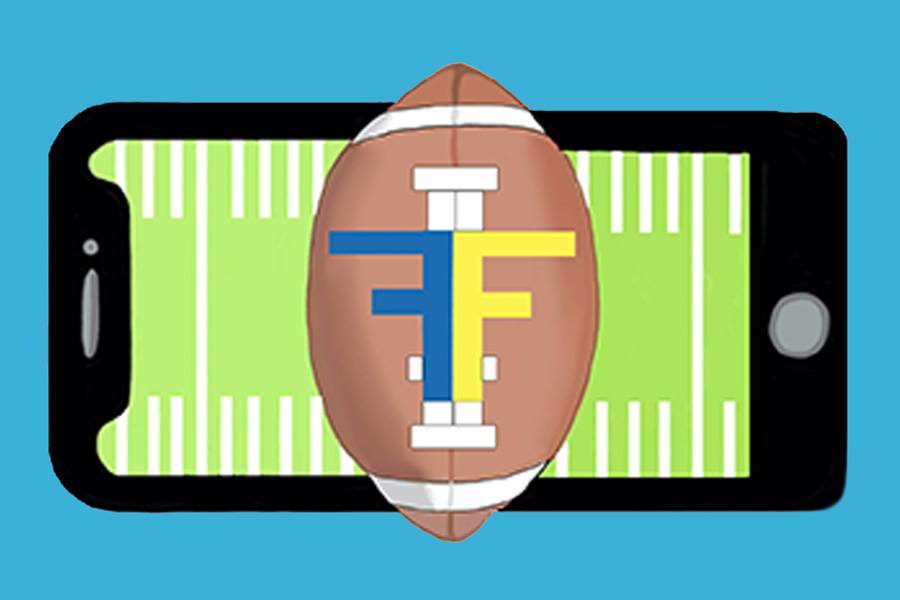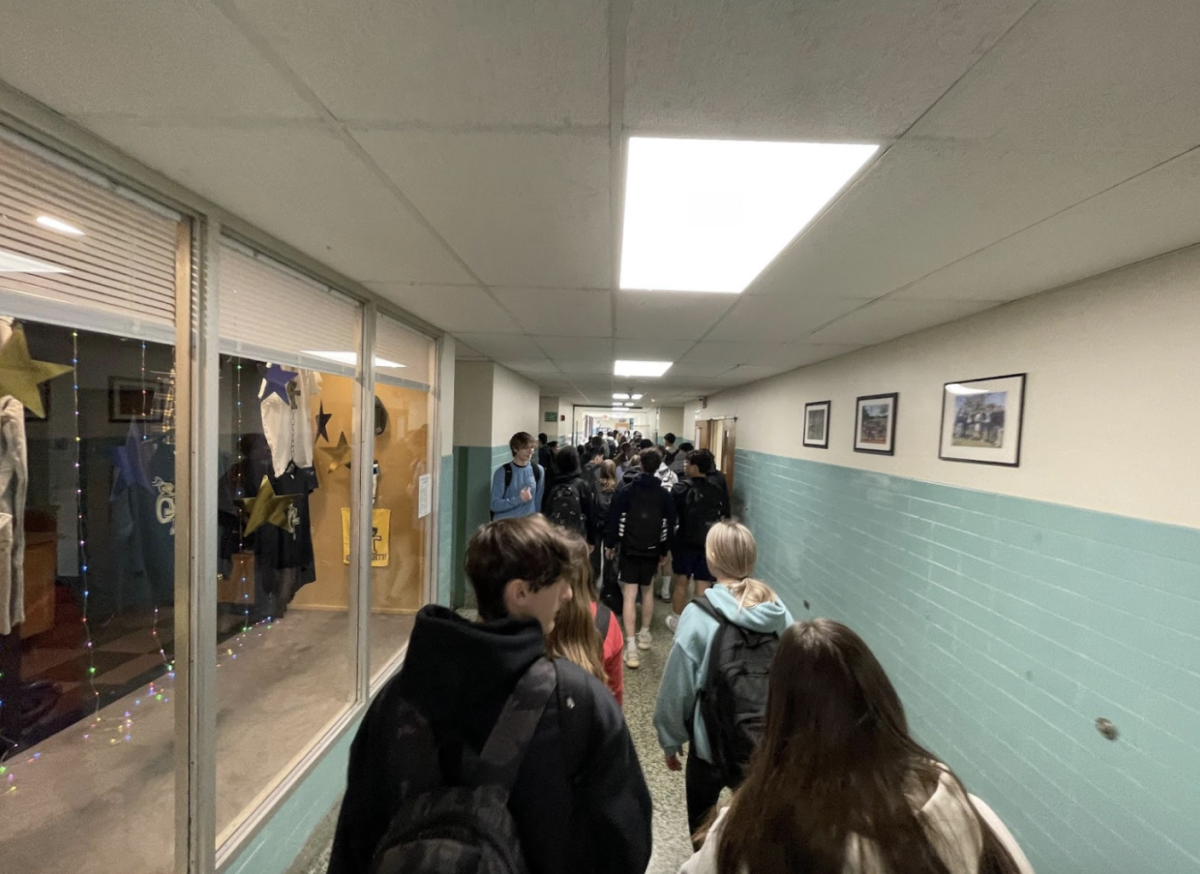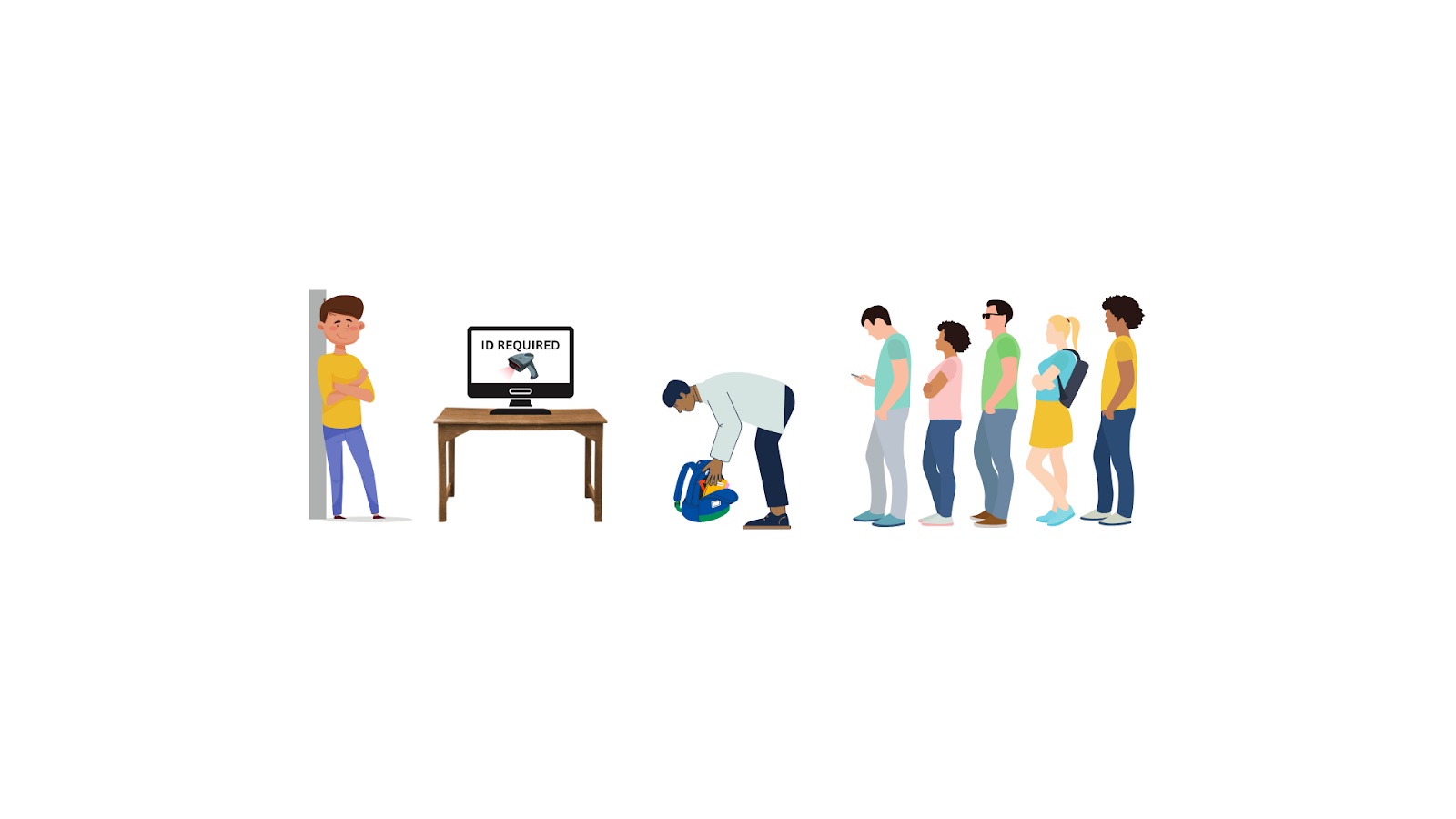Imagine you’re a senior. The school year is almost over and senioritis is eating away at your brain. At this point, all you want to do is graduate and leave this school. Now, imagine the South Cafeteria: it’s overflowing with students squeezing themselves onto chairs, with the thick air and scent of sweat and strong perfume, as everyone’s conversations blend into a distracting, cacophonous storm. When you finally hear your class being called up, you eagerly jump out of your seat and line up. And when you finally get to the line, the teacher beside the computer says you have to stay. All because you forgot your physical student ID.
For underclassmen who are not aware, in order to leave the South Cafeteria, students are required to physically display their student ID card. If their card is lost, they have to wait to buy a new one. However, when leaving the building itself, they have the option to type in their ID numbers.
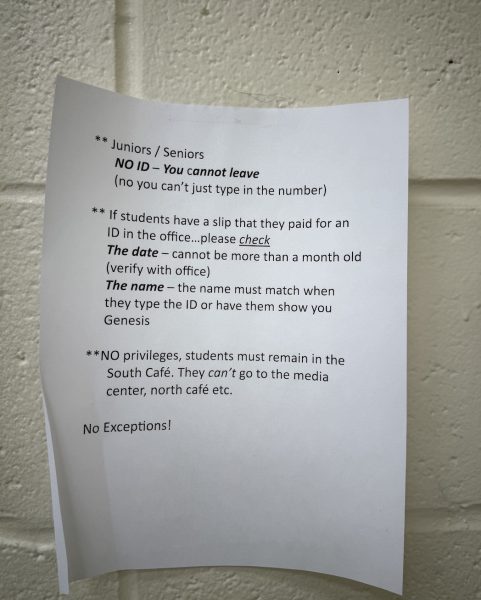
In order for these rules to be implemented into the school system, Assistant Principal Dr. Robert Hyman said, “It was something we did alongside other high schools, so we didn’t just do it over here in Old Tappan.” NVOT administrators spoke with the administration of NVD as well as the central office administration to make sure that everyone was aligned “as to what was going to work and what was safe for everybody.” As a senior myself, I found this strange. Why were more measures being taken to keep track of students leaving a cafeteria than the actual school campus? If it’s all to check the students name, couldn’t that be fulfilled by just typing in their ID number to the computer—like everywhere else in the school? The school isn’t using substitutes anymore, but still uses multiple teachers, who are already busy, to watch over students in the South Cafeteria and approve student ID cards.
To other upperclassmen, this rule is a waste of resources and time. For example, senior Celine Chong says, “The rule of being unable to leave without your ID could be better implemented because it is extremely inconvenient for not only the students, but the teachers as well because not only do they have to do the attendance in a noisy room full of teenagers, but they also have to make sure each one of them have their IDs as well.”
A common assumption is that physical IDs have to be shown so teachers can match it to the student’s face. However, even if this is the case, students can still type in their ID number and a photo will pop up on the computer screen. Depending on a piece of plastic to prove a student’s privilege just feels unnecessary.
On top of this, to some students this can be irritating disruptions to their attempts to focus on their studies. A majority of students utilize their privileges to find better places to study, take brain breaks, and focus. For example, junior Anand Vaghasia was planning to utilize his sub period and lunch period to take a 1.5 hour study session at home. However, he said, “I was denied because I did not have my ID on me. It was in my car.”
Making students like Vaghasia stay in a stuffy, distracting environment would make fulfilling their responsibility to study more difficult. But, if the school required only the ID number, finding quiet places to focus and study would be more accessible. However, teachers and school administration perceive this rule in a much different light. Two teachers who’ve watched over the South Cafeteria report that this system is actually incredibly efficient.
English teacher Allison Beesley said, “Being able to leave campus is a privilege, and having one’s student ID is a reasonable expectation that helps staff ensure attendance, accountability, and campus security. It’s a pretty low bar, honestly.” When describing her experience when administering the South Cafeteria, she said, “I regularly work in the South Cafe and find that when students are prepared and cooperative, we can release large numbers of upperclassmen quickly.”
Physical Education and Health teacher Meredith Winchell said, “I am indifferent to this rule, but I would think this rule is hopefully teaching students some form of responsibility.”
As for administration, Hyman said that privileges were actually given to students as a way to “lessen the amount of people in the cafeteria,” a decision agreed upon throughout the entire district. As for why physical IDs have to be shown, Dr. Hyman says it’s just “general policy.” Surprisingly, this rule is meant to apply to students leaving the building as well. The fact that students were able to leave without showing off a physical ID was, in reality, staff just “extending a very generous courtesy to the students.”
Overall, this issue is fairly small and may just be an accumulation of upperclassmen’s frustrations with the slowly approaching graduation ceremony and summer vacation. On top of that, many seniors no longer have school as their number one priority, instead dedicating it to part-time jobs, making memories with friends, and trying to prepare for college. Senior Esther Li said, “Since I’m working now, doing nothing at school feels like a waste of time when I could be using that time making money or gaining new experiences with my friends.”
Admittedly, this issue is not very large, but it may bring seniors, who are itching for any excuse to leave, some peace. For now, upperclassmen just have to be patient and make sure they have their IDs with them.

